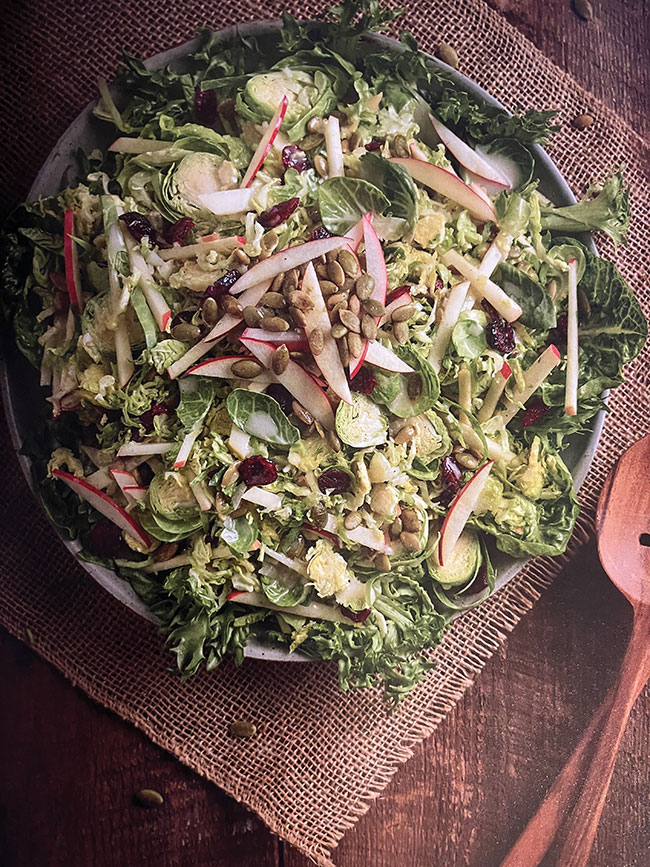
When duty calls, it’s not just the fire that’s harmful for firefighters. Cardiovascular disease, exhaustion, depression, PTSD and a multitude of cancers impact firefighters at a far greater rate than the general population.
According to the IAFF, occupational cancer is now the leading cause of death among firefighters, accounting for more than 65 per cent of the line-of-duty deaths added to the IAFF Fire Fighter Memorial Wall of Honor each year. The numbers are a staggering reminder that we need to care for ourselves before, during and after a fire throughout our career.
Much has been done by the IAFF in recent years to remind firefighters to practice safety precautions such as wearing the proper equipment, PPE and how to properly decontaminate ourselves and our gear. Programs such as the IAFF wellness/fitness team also provide inspiration on how to improve our overall health and longevity. There is even an IAFF nutrition group designed to provide a community for firefighters focused on nutrition and wellness. The science of the hazards associated with our career choice is very clear, but the resources are also available to help us improve our daily lives that hopefully extends into a long and healthy retirement.
Fighting cancer by the plate
No single food can prevent cancer but the right combination of foods may help make a difference. At mealtimes, try to strike a balance of at least two-thirds plant-based foods and one-third animal protein. This could be an important cancer fighting tool, according to the American Institute for Cancer Research. Let’s check out some of the best and worse options for your plate.
Fighting cancer with colour
Fruits and vegetables are rich in cancer-fighting nutrients: The more colour, often the more nutrients they contain. These foods can help you reach and maintain a healthy body weight. Carrying extra pounds increases the risk for multiple cancers, including colon, esophagus, and kidney cancers.
The cancer-fighting breakfast
Naturally occurring folate: This is an important B vitamin that may help protect against cancers of the colon, rectum, and breast. Fortified breakfast cereals and whole wheat products are good sources of folate. So are orange juice, melons, and strawberries, eggs and leafy greens.
Pass up the deli counter
Processed meats: The occasional hot dog at the cookout or ballpark isn’t going to hurt you. But cutting back on processed meats like bologna, ham, and hot dogs will help lower your risk of colorectal and stomach cancers.
Stay hydrated
Water: Not only does it quench your thirst, but it may protect you against bladder cancer. The lower risk comes from water diluting concentrations of potential cancer-causing agents in the bladder.
The mighty bean
Beans are so good for you: It’s no surprise they may help fight cancer, too. They contain several potent phytochemicals that may protect the body’s cells against damage that can lead to cancer.
Protection from an exotic spice
Curcumin: This is the main ingredient in the Indian spice turmeric and is a potential cancer fighter. Lab studies show it can suppress the transformation, proliferation, and invasion of cancerous cells for a wide array of cancers
Cooking methods matter
How you cook meat: This can make a difference in how big a cancer risk it poses. Frying, grilling, and broiling meats at very high temperatures can cause chemicals to form that may increase cancer risk.
Pass on the sugar
It may not cause cancer directly, but it may displace other nutrient-rich foods that help protect against cancer. Excess weight is also a cancer risk.
Our career choice should not have to include a diagnosis of a terminal illness. As a fraternity, let’s do everything in our power to halt the number of cancers associated death, and we can all start with what we put on our plate.
The Ultimate Detox Salad
For the dressing
- 1/3 cup grapeseed oil
- 1/2 cup lemon juice, fresh
- 1 tablespoon ginger, peeled and grated
- 2 teaspoons whole grain mustard
- 2 teaspoons pure maple syrup
- 1/4 teaspoon kosher salt, or to taste
For the salad:
- 2 cups kale, tightly packed and thinly sliced
- 2 cups red cabbage, thinly sliced
- 2 cups broccoli florets
- 2 large carrots, peeled and grated
- 1 red bell pepper, sliced into matchsticks
- 2 avocados, peeled and diced
- 1/2 cup fresh parsley, chopped
- 1 cup walnuts
- 1 tablespoon sesame seeds
Protein Options: miso glazed salmon, spiced roasted chickpeas, poached chicken breast
To prepare
1. Whisk together all ingredients for the dressing (or put everything in a small blender and blend) and set aside until ready to use.
2. Add the kale, cabbage, broccoli, bell pepper, and carrots to a large serving bowl.
3. Pour desired amount of dressing over the salad and toss until everything is coated.
4. Add the parsley, diced avocado, sesame seeds and walnuts and toss again. Serve as an entrée salad or as a side salad to your favorite meal.
Patrick Mathieu is an acting captain at Waterloo Fire Rescue in Ontario. He was recently featured on Food Network’s Chopped Canada. stationhousecateringco@yahoo.ca @StationHouseCCo.
Print this page
Advertisement
- No break for P.E.I.’s first responders and other ‘heroes’ days after storm
- Barrie crews battle automotive shop blaze
